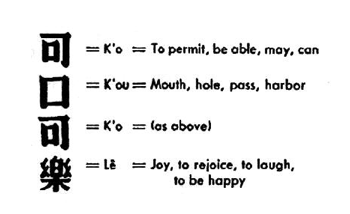As businesses continue to become more global, it’s important for these businesses to be able to rely on competent translation services to send the right message to their customers. The problem with some translation services is that if they are not experienced or professional, they can mistranslate words or simply not employ skilled enough translators to communicate effectively in different languages and/or not use a second separate editor to edit the original translator’s work. Since the worldwide business community is getting more competitive, it’s best to hire a quality translation service with a proven track record, always ask for testimonials and check an agency’s current client base.
Language Experts
Working with experts who are very familiar with the languages you need is helpful because they understand the nuances that occur due to cultural differences in perceptions. The most valuable translators are well educated professionals who have studied communication and/or translation specifically and have expertise in semantics, grammar and localization. So in order to assure high level credibility, global businesses should work with not just people familiar with language translation, but professionals who are skilled in the art and science of communication in a broader sense.
Bad Translations
It’s very important for businesses to avoid bad translations, which can destroy relationships as well as opportunities. A novice translator might not know all the different nuances of a language and can send the wrong message due to his/her lack of knowledge. Understanding a language involves more than just translating words and constructing phrases a certain way. It also involves knowing the culture, its history and working consistently with the native language. A big difference between a high quality translation service and a startup with low paid employees is that the more experienced and professional service will likely have a stronger quality control process. The more credible translators have gone through rigorous training and have a more diverse education. Trying to cut corners on the quality of a translation to save money has proven to have unfavorable consequences. Businesses that rely on international trade cannot afford to gamble with inexperienced translators.
Language Complexities
The reason why it’s important to find translators who know both languages inside and out is that languages are constantly evolving. English is a complex language because it’s composed of about a million words but only 3,000 of those words are commonly used. It’s easy for people who don’t know English very well to confuse the meaning of niche words. Within every language are differences in word usage affected by region, social, and other factors. Even though English is known throughout the world, global business can improve the more communication improves for other widely spoken languages.



